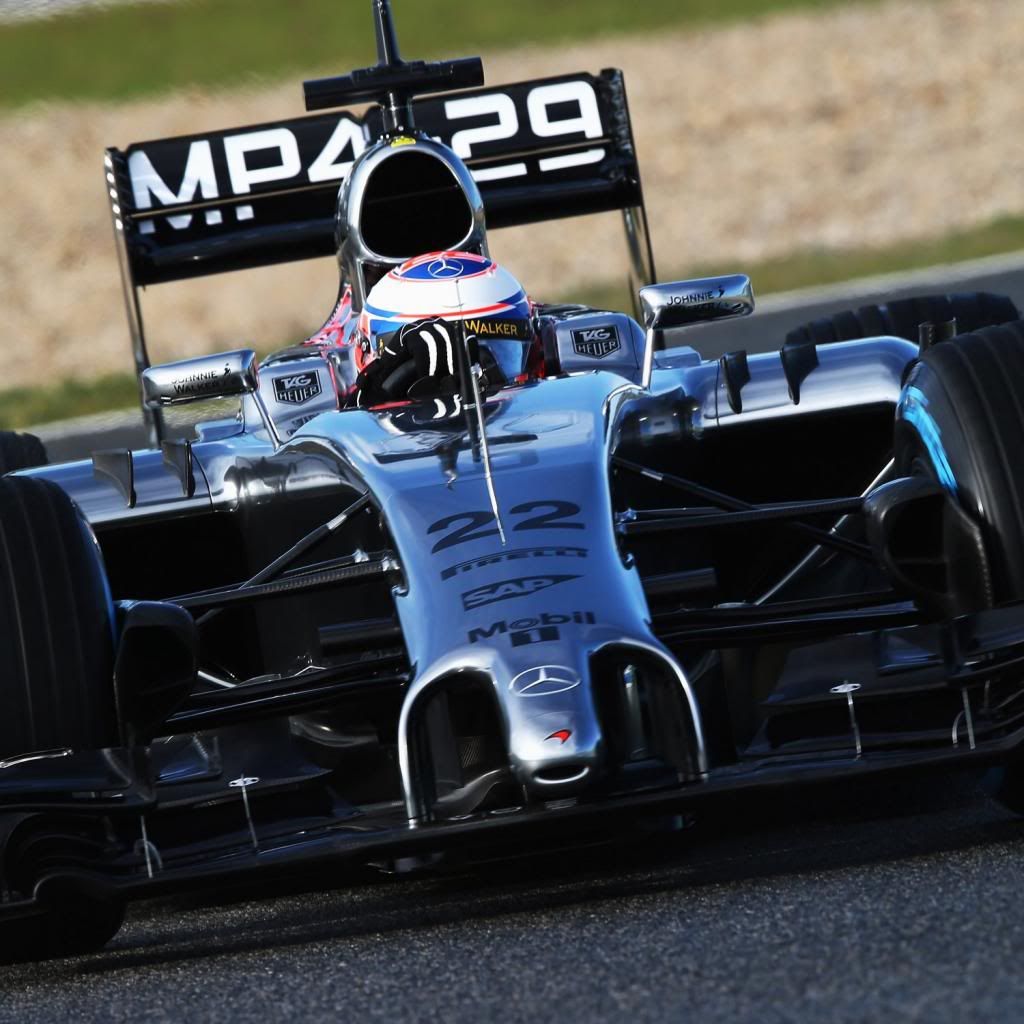I assume everybody knows the following, so pardon me for saying the evident.
Ordinary tyres have a treadwear rating that illustrates somehow the hardness of the compound. It refers not only to treadwear, but also to grip. The full name is "Treadwear, traction and temperature grade". Of course, the three are related somehow, but in any car, be it a racing one or a regular passenger car, it refers mainly to the properties of the tread, which is the part of the tyre, in the words of jaxxtec, "which needs Grip, Tensile strength, and Wear resistance."
Wear resistance is measured somehow with the "
Treadwear number", which, unfortunately, is rated in "relative units".
However, for a given manufacturer, a treadwear rating of 200 gives you a tyre that should last half as much as a tyre rated 400. You could assume that the first one, with a 200 rating, should be softer than the one rated at 400. Besides, as the measure is relative, another manufacturer can rate the same "400 grade" tyre as a 300 (but the 200 one would be also rated by this second manufacturer at half the treadwear number, that is, he would give this tyre a 150 rating).
Of course, as Belatti shown clearly, treadwear depends on how you drive and how fast you spend the rubber on your tyres. I would also add that
wear rating has changed over time. Originally, the tyres were compared in a test with a special tyre developed only for this testing. Over the years, the special tyre used nowadays wears much less than the original ones used when the testing started many decades ago.
Grip is also somehow measured by the "
Traction rating".
Traction is rated as AA, A, B and C, from better to worse. It measures the ability to brake in wet pavements, not the ability for lateral grip, but in general it gives you an indication of the softness. You could assume that a AA tyre is softer than a C and it is almost always the case. This qualification measures the behaviour of the whole tyre in braking, something that must involve other parts of the tyre besides the tread.
Finally, yield strength depends on temperature, so you have a
"Temperature rating" from A to C, with A being the tyre that dissipates heat the better. So, an A tyre should run cooler than a C (and the material should be stronger or harder when under stress).
This might help you to rate your Potenza tyres. They are not soft or hard because of being Potenza: perhaps there is a 500 - AA - A tyre there in their shelf, that lasts a lot, grips even better and runs very cool, the dream of every passenger car's tyre manufacturer (is it?). This tyre could be side by side with a 100 - C - C Potenza, if it exists.
American markings: it includes the kind of cat the aunt of the manufacturer had when single. Ha, ha. You don't have to twist your neck to read what it says. It says "Treadwear 220 Traction A Temperature A", bottom left "corner".

I imagine there must be an international (i.e. european

) system with the same information in millimiters, grams and euros.
As for Formula One tyres relative softness, unfortunately there are no markings that I've seen, but I can tell you that
racing tyres (DOT tyres, for example) have a treadwear grade of zero. They don't last one lap... or so you would say when racing.




) system with the same information in millimiters, grams and euros.